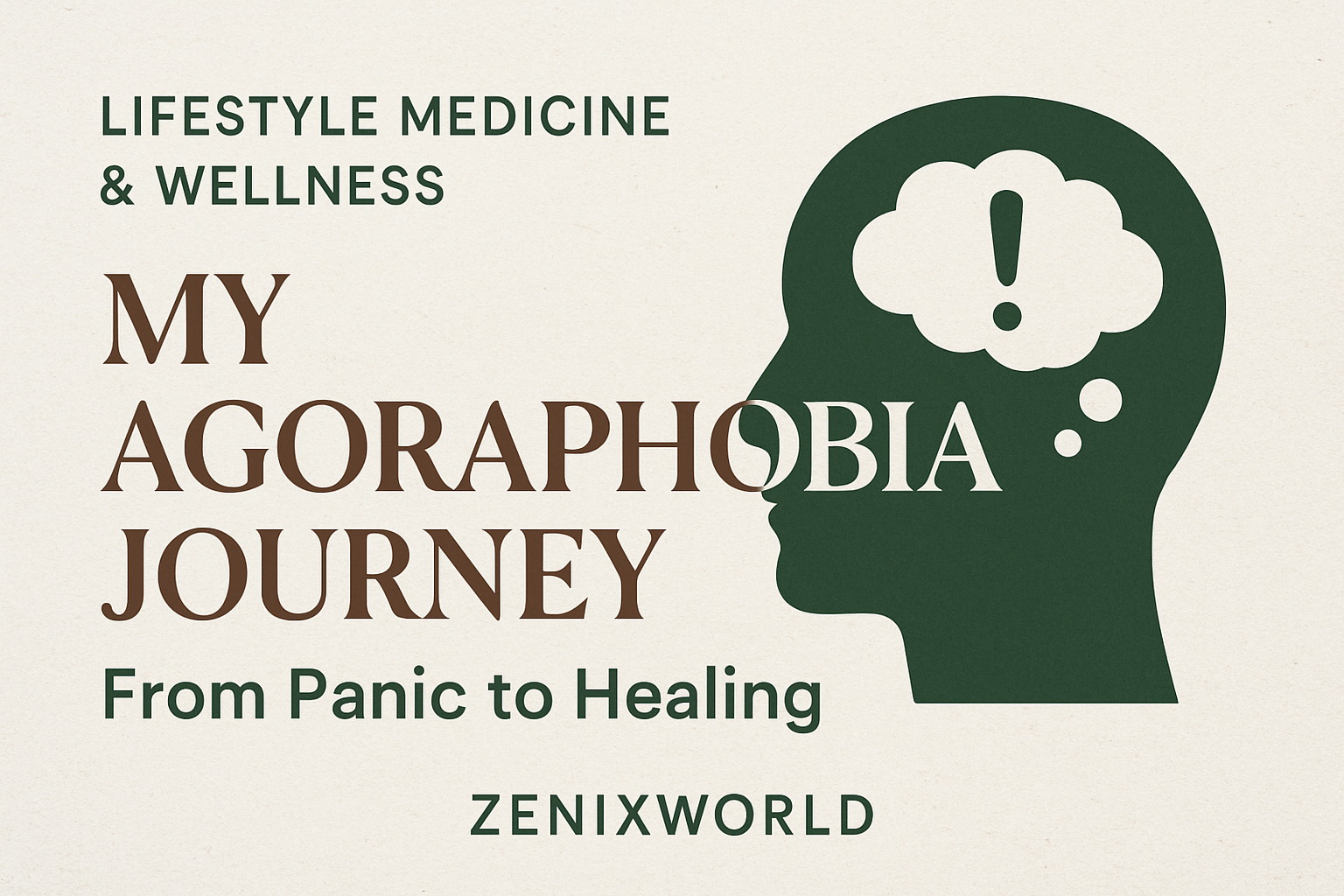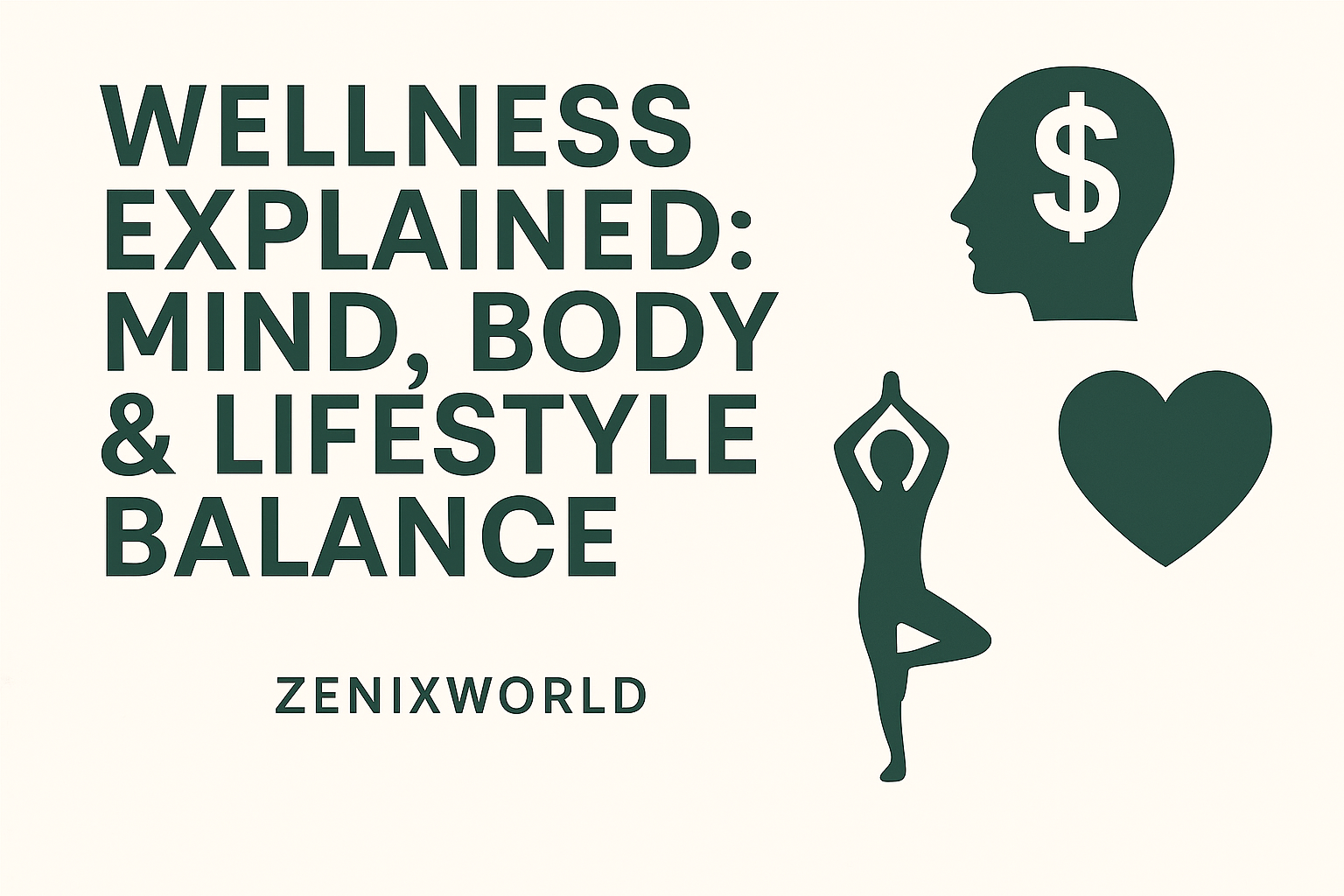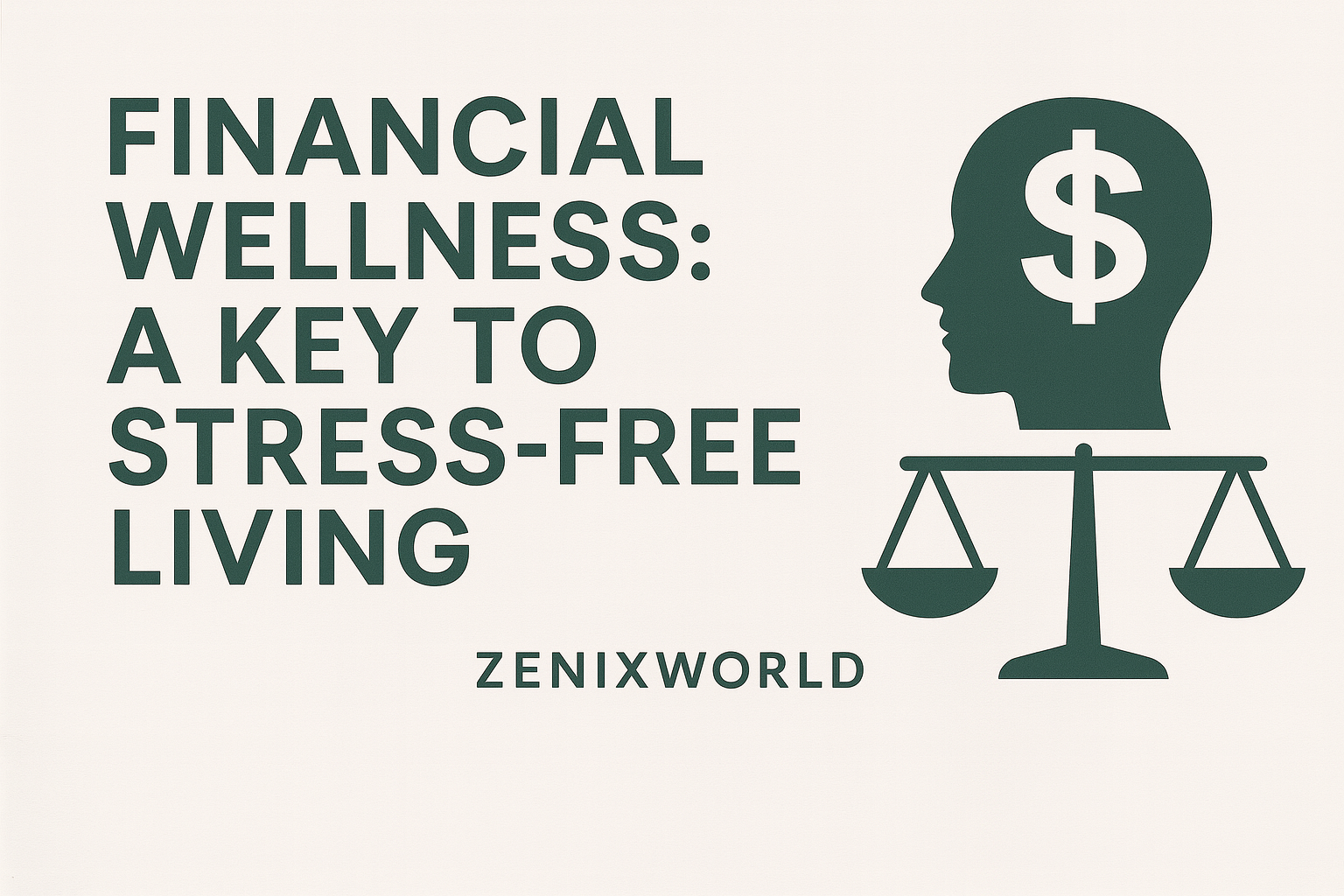Introduction
Four years ago, my life changed in a way I never expected. I had always been active and health-conscious, but one day in the gym, I felt something terrifying — my heart started racing, I was sweating, dizzy, and convinced I was having a heart attack. I rushed to the hospital, expecting the worst.
After several tests, the doctor told me everything was normal — no heart issue, just muscle strain. They gave me a painkiller and sent me home. But something inside me changed that day. From that moment, fear slowly took over my life. That was the beginning of my journey with agoraphobia.
What Is Agoraphobia?
Agoraphobia is more than just a fear of crowds or open spaces. It’s the fear of being in a situation where escape might be difficult or where help might not be available if something goes wrong — like a panic attack or a medical emergency.
People who experience agoraphobia often avoid places such as malls, gyms, airports, or even leaving their homes. I didn’t know what it was at first — I only knew that my body reacted with intense fear every time I stepped outside.
How It Started
After that first panic attack, every time I went somewhere, my mind would replay the same thought: “What if I die here? What if I need medical help and can’t get it?”
It became impossible to travel or even visit friends. My home became my comfort zone, the only place where I felt safe. The fear wasn’t logical, but it felt real — and it controlled my life.
I made several visits to hospitals and emergency rooms. Every test — ECG, ECHO, blood pressure, sugar — came back normal. Doctors told me it was anxiety. Eventually, I was referred to a psychiatrist.
Getting Help and Starting Medication
The psychiatrist explained that what I was experiencing was panic disorder with agoraphobia — a condition that can develop after repeated panic attacks. He prescribed Citanew (Citalopram), starting with a 5 mg dose and later increasing to 10 mg.
In the beginning, the medicine helped me a lot. The panic reduced, and I began to feel somewhat normal again. But over time, I realized I was depending too much on the medication. If I missed a dose, I felt uneasy or dizzy. That’s when I understood that true healing would require more than pills — it would require a change in lifestyle.
How Stress Triggered My Condition
Looking back, I now know that my stress was the root cause of my breakdown. Years of worrying, overthinking, and pushing myself too hard had built up inside me. When I finally hit my limit, it showed up as panic attacks and fear.
This is why Lifestyle Medicine became such an important part of my recovery. It focuses on treating the cause — not just the symptoms — through healthy daily habits, nutrition, exercise, and mental wellbeing.
My Lifestyle Medicine Approach to Recovery
- Mindfulness and Breathing
Every morning, I start my day with deep breathing or short mindfulness meditation. It helps calm my mind and control my thoughts before they spiral into panic. - Physical Activity at My Own Pace
Returning to the gym was hard, but I began with simple home workouts — light stretching, push-ups, walking in place. Slowly, my body started to feel strong again. - Balanced Nutrition
I began focusing on foods that support brain and heart health — whole grains, vegetables, fruits, omega-3s, and less caffeine or sugar. Eating clean helped stabilize my energy and mood. - Sleep and Rest
Quality sleep became a top priority. I created a relaxing bedtime routine: no screens, herbal tea, and reading before bed. - Limiting Stress and Overthinking
I learned to identify my triggers. Whenever I feel my heart racing, I remind myself, “It’s just anxiety. I am safe.” That mindset slowly rewired my brain.
My Most Challenging Moment
One of the hardest times was traveling to Dubai. At the airport, I felt dizzy and trapped — my heart was racing, my hands were shaking, and I wanted to run away. The idea of being stuck on a plane terrified me.
But I pushed through. I reminded myself of the breathing exercises I had practiced. I told myself, “This fear cannot control me anymore.” The flight wasn’t easy, but I made it — and that moment reminded me how strong I really am.
What I Learned
- Panic attacks are not deadly. They feel terrible, but your body is safe.
- Lifestyle changes matter. Medication helps, but long-term recovery comes from managing stress, eating right, and staying active.
- Exposure therapy works. Slowly facing your fears — one step at a time — retrains your brain to feel safe again.
- Mental health is physical health. Anxiety is not weakness; it’s a signal your body needs care.
My Message to Anyone Struggling
If you’re living with agoraphobia, please know you’re not alone. I’ve been where you are — scared, confused, and desperate for answers. But healing is possible.
Start with small steps. Talk to professionals who understand. Focus on your lifestyle, nutrition, movement, sleep, and mindset.
Every small win counts. You can recover and live freely again.
Final Thoughts
Agoraphobia taught me more about life than any textbook ever could. It forced me to slow down, listen to my body, and respect my mental health.
Today, I’m still healing — but I’m living proof that recovery is possible through Lifestyle Medicine, mindfulness, and self-care.
If my story can inspire even one person to take their first step toward healing, then sharing it here on ZenixWorld is worth it.



